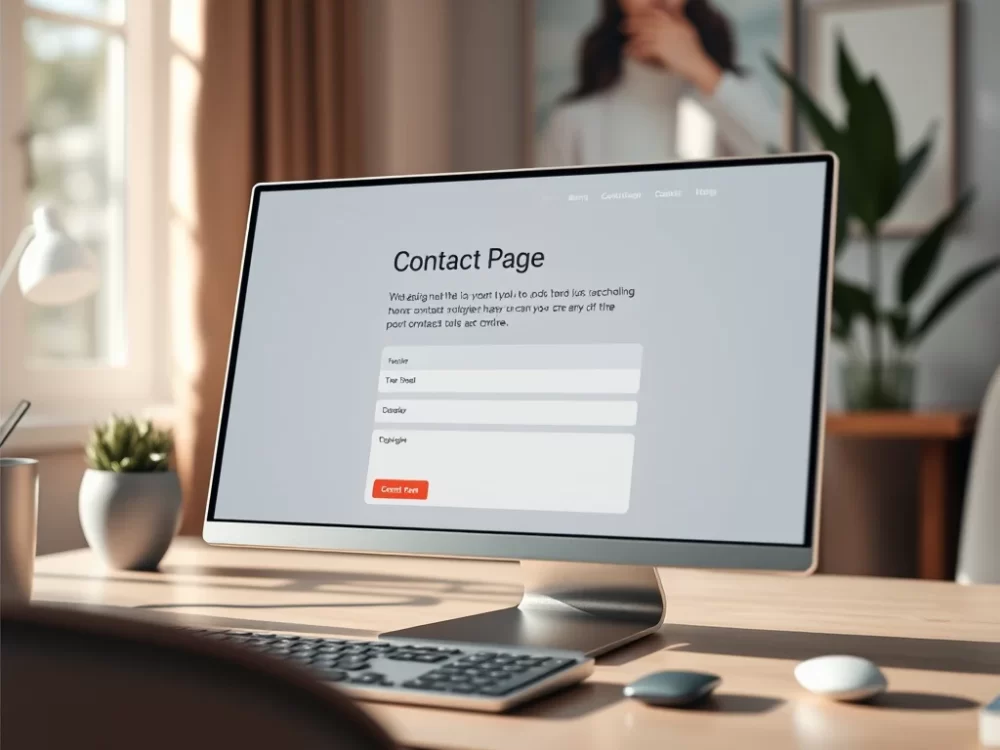Creating a blog planner to plan your blog content for a year can be a game-changer for bloggers looking to stay organized, consistent, and productive. A well-structured planner helps streamline your content creation process and plan and track your growth. Here’s a step-by-step guide on effectively planning your blog content for a successful year.
Step 1: Define Your Blogging Goals
Before diving into planning, it’s essential to clarify your blogging objectives. Ask yourself:
- What do you hope to achieve with your blog this year? (e.g., increase traffic, build an audience, launch products)
- How many blog posts do you aim to publish per month?
- Do you want to focus on specific themes or topics throughout the year?
Document your goals, as they will guide your planning and help you stay motivated. For more insights on setting practical blogging goals, check out Elite Blog Academy’s yearly blog content planning guide.
Step 2: Choose Your Planning Format
Decide whether you prefer a digital or physical planner:
- Digital Planners: Use tools like Notion, Trello, or Google Sheets for easy organization and accessibility. These platforms allow for easy updates and collaboration.
- Physical Planners: If you enjoy writing by hand, consider a binder, journal, or planner notebook. Personalize it with stickers, dividers, and tabs for easy navigation.
For more options on organizing your planner, visit Creately’s guide.
Step 3: Create a Content Schedule
A content schedule is the backbone of your blog planner. Here’s how to create one:
- Monthly Overview: Start by creating a monthly calendar for the year. You can use a printed calendar or a spreadsheet to visualize the entire year.
- Post Topics: Brainstorm and list blog post ideas for each month based on your defined themes and goals. Aim for a mix of evergreen content and timely topics.
- Assign Dates: Choose specific publication dates for each blog post. Be realistic about your capacity and schedule in advance.
For practical scheduling tips, check out the Boss Lady Bloggers’ guide.
Step 4: Plan Your Production Process
Organizing your content creation process is crucial for efficiency. Break down your blogging tasks as follows:
- Research: Schedule time to research topics and gather materials.
- Writing: Allocate dedicated writing days in your planner, and set reasonable word count goals based on your previous writing speed.
- Editing: Include time for proofreading and refining your posts. Consider setting aside a separate day for this.
- Graphics and Visuals: Plan to create or source the images, infographics, and other visuals needed for your posts.
Step 5: Set Deadlines and Milestones
Incorporate deadlines and milestones into your planner to stay accountable:
- Submission Deadlines: Set deadlines to complete drafts to ensure you remain on track.
- Goals Checkpoints: Schedule monthly or quarterly check-ins to assess your progress toward your goals. Evaluate what’s working and what needs adjustment, as suggested by Productive Blogging.
Step 6: Incorporate a Promotion Plan
Don’t forget to outline a promotional strategy for each post:
- Social Media: Plan the platforms you’ll use and the types of content (e.g., quotes, images, video snippets) for sharing.
- Email Marketing: Create a schedule for newsletters announcing new posts and engaging your audience.
- Networking: Identify opportunities for guest posting or collaborations that align with your blog’s niche.
Step 7: Track Your Performance
Include a section in your planner for tracking analytics and growth:
- Monthly Stats: Set aside space to record essential metrics, such as page views, audience growth, social media engagement, and email subscriber numbers.
- Reflection: At the end of each month, reflect on what worked well and the challenges you faced. Use these insights to inform your planning for the next month. For more on blogging statistics, explore TechJury’s insights.
Step 8: Keep It Flexible
While planning is essential, remain flexible:
- Adapt: Be willing to adjust your content schedule based on changing trends, feedback, or personal circumstances.
- Celebrate Wins: Acknowledge your achievements, no matter how small, as this can keep you motivated throughout the year.
Conclusion
Creating a blog planner for the year is a powerful way to stay organized, set clear goals, and ultimately achieve blogging success. By defining your objectives, creating a content schedule, outlining your production process, and tracking your progress, you’ll be well-equipped to maintain a consistent and engaging blog. Start implementing these strategies today to plan your blog content effectively and efficiently and watch your content flourish throughout the year! For more resources on how to plan your blog content, check out Faith Ola’s blog on creating a blog content planner. Look for more blogging tips, visit our blog.
Happy blogging!
Melinda Osman is the founder of Qwery M, a dynamic platform dedicated to empowering individuals through career counseling, lifestyle tips, and blogging guidance. With a genuine passion for helping others succeed, Melinda leverages her experience and expertise to support personal and professional growth, inspiring her community every day.
Last updated on April 18th, 2025 at 07:26 am
Discover more from Qwery M
Subscribe to get the latest posts sent to your email.





